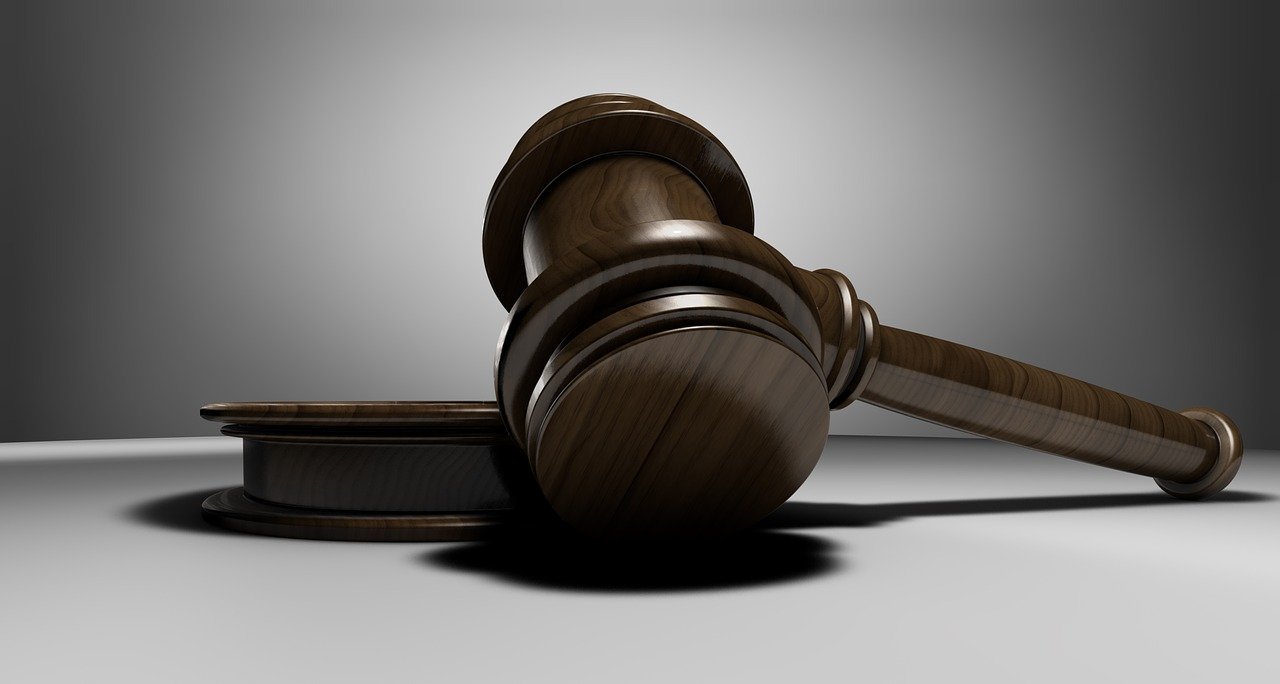
The Supreme Court of India transferred petitions against the Information and Technology Rules (Intermediary Guidelines and Digital Media Ethics), 2021 (IT Rules) to the Delhi High Court on March 22, 2024, according to a report by the Indian Express. The court noted that a large number of cases against the IT Rules, 2021, were pending before the Delhi High Court and that as such, it was appropriate to transfer the petitions pending elsewhere to the Delhi High Court as well. The court ordered this transfer of cases based on a transfer petition by the Union of India, urging a consolidation of all the cases against the IT Rules, 2021 to one high court to avoid divergence of opinions.
The IT Rules regulate the functioning of social media platforms and online streaming services. The rules have been heavily contested since the year that they were notified based on concerns surrounding their impact on the freedom of speech and expression. Cases against the IT Rules have been heard by the Delhi, Bombay, Madras, and Kerala High Courts. The Indian government had first filed a transfer petition with the Supreme Court back in 2021. Responding to this petition, the Supreme Court had stayed the proceedings of the cases against the IT Rules in 2022. While the proceedings had been stayed, the orders put in place by the high courts continued to hold. As of 2022:
- The Kerala High Court had ordered a stay against any coercive action the government may take against the publisher under the IT Rules.
- The Bombay High Court and the Madras High Court stayed two provisions of the IT Rules – rules 9(1) and 9(3) – which say that digital news media and publishers should adhere to the ‘Code of Ethics’ laid out in the rules.
Why it matters:
Questions about the IT Rules have gained brand new relevance in the context of the Broadcasting Services Regulation bill which was released in November last year. In its comments on the Broadcast bill, the Editors Guild of India pointed out that given the challenge to part 3 of the IT Rules, 2021 [which includes rules 9(1) and 9(3)] there is a need to, “question the attempt to bring a similar regulatory structure to OTT broadcasting services and digital news media.”
It is also important to note here that the broadcast bill seeks to enforce a three-tiered regulatory structure on digital news publishers and streaming services, similar to the structure that is already a part of the IT Rules, 2021. The Editors Guild stated that the provision that allows for the set up of such a regulatory structure [rule 9(3)] under the IT Rules has stayed.
Given the regulatory overlaps between the broadcast bill and the IT Rules, the developments surrounding the petitions against the rules would be relevant in shaping regulations for broadcasting services in India.
STAY ON TOP OF TECH NEWS: Our daily newsletter with the top story of the day from MediaNama, delivered to your inbox before 9 AM. Click here to sign up today!
Also read:



















